Subscribe to our newsletter and always be the first to hear about what is happening.
Industrial Application and Processing of Pebbles
Aug 30, 20241. Overview
Pebble is a pure natural stone with the main chemical composition of silicon dioxide, in addition to a small amount of iron oxide and other trace elements. This stone has undergone hundreds of millions of years of geological changes, including crustal movement, mountain torrent impact, and continuous extrusion and friction during water transportation, and finally formed a rounded and smooth shape and irregular edges and corners. The colors of pebbles are rich and varied, including black, white, yellow, red, dark green and blue-gray.
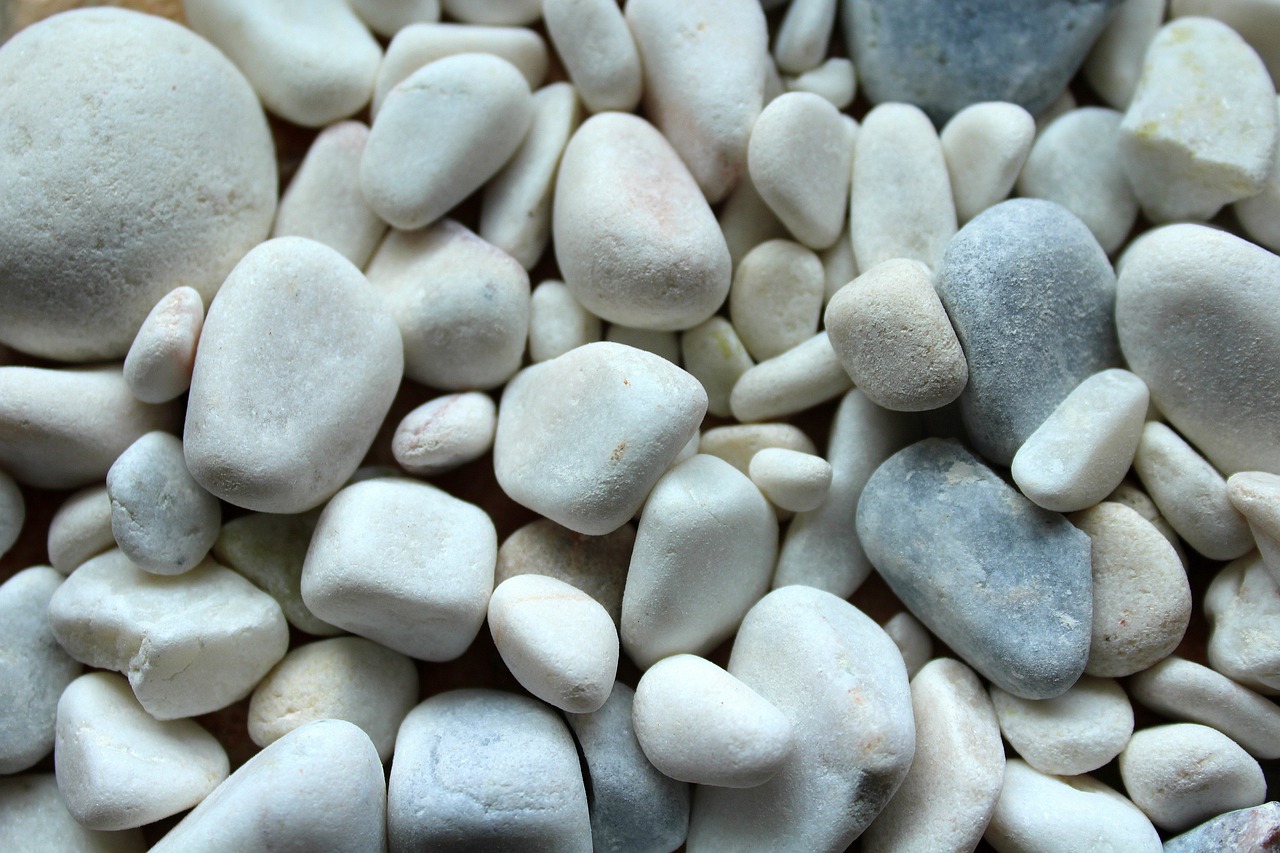
Pebbles are widely used and can be used as building materials, such as paving roads, courtyard decoration, garden landscaping, etc. At the same time, it is also used as an industrial raw material, such as filter material or support layer in water treatment and power engineering. In addition, pebbles have been proven to be beneficial to the human body. For example, a study in the United States found that elderly people who often walk on cobblestone paths can help lower blood pressure and improve their body's balance ability.
The physical properties of pebbles make them an ideal construction material. Its hardness is generally level 7, its density is about 2.66, and its silicon content is as high as 98.5%. Pebbles have good compression resistance, wear resistance and corrosion resistance, and the surface finish is high, which can reach 98%. These characteristics make pebbles show excellent stability and durability in various environments.
2. Industrial application
In recent years, with the advancement of science and technology and the improvement of environmental protection requirements, the application of pebbles is no longer limited to the traditional decoration and gardening fields, and its importance in industrial production has become increasingly prominent.
Construction industry

In the construction industry, pebbles are mainly used to produce machine-made sand, which is a new type of building material that replaces natural sand. The production of machine-made sand not only solves the problem of shortage of natural sand resources, but also can produce construction sand with uniform particle size and stable quality through scientific crushing and screening processes.
Water treatment industry
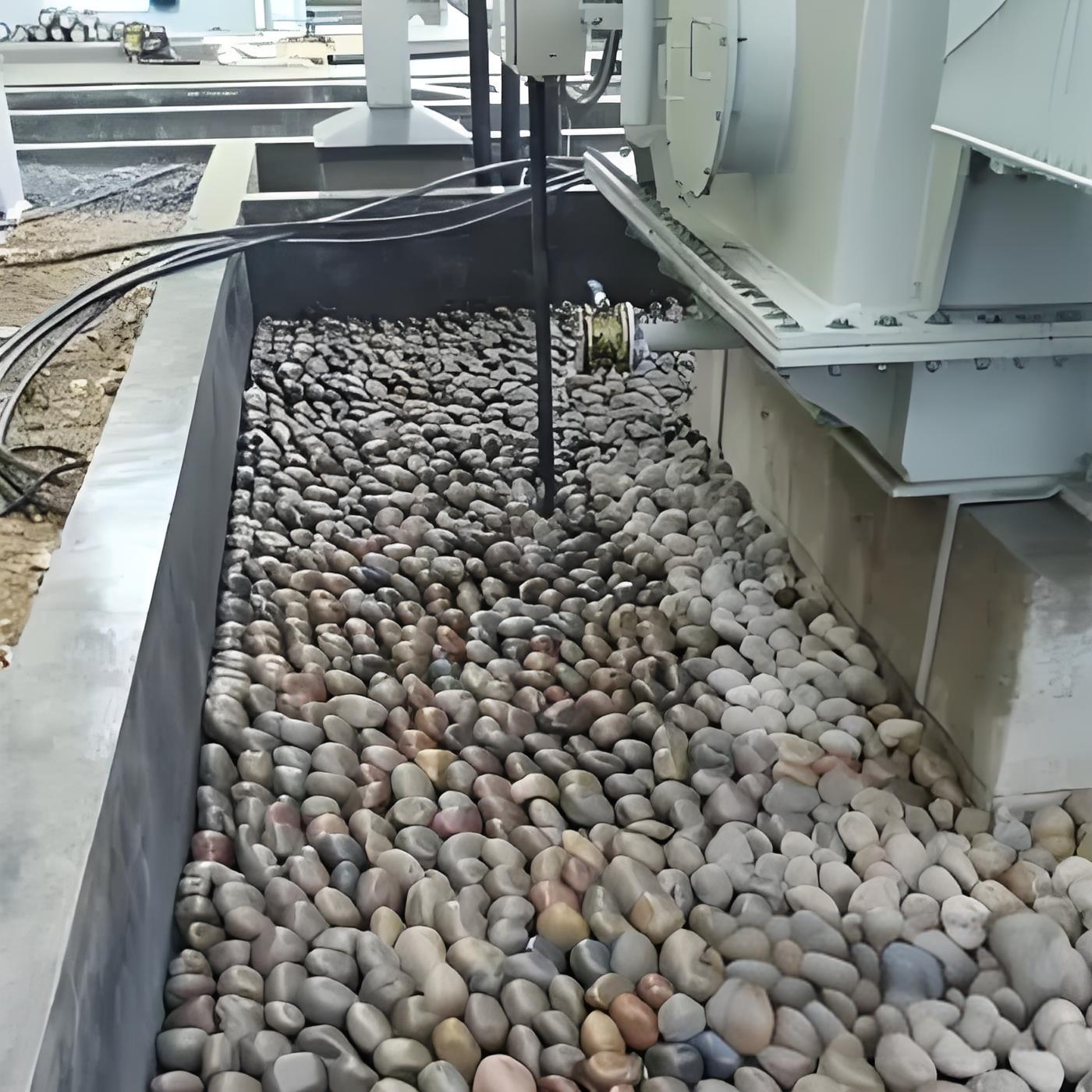
In the field of water treatment, pebbles are used as filter materials to filter impurities in water and improve water quality. Especially in the sewage treatment process, pebbles can be used as a filler layer to help remove pollutants in the water and improve sewage treatment efficiency.
Power industry
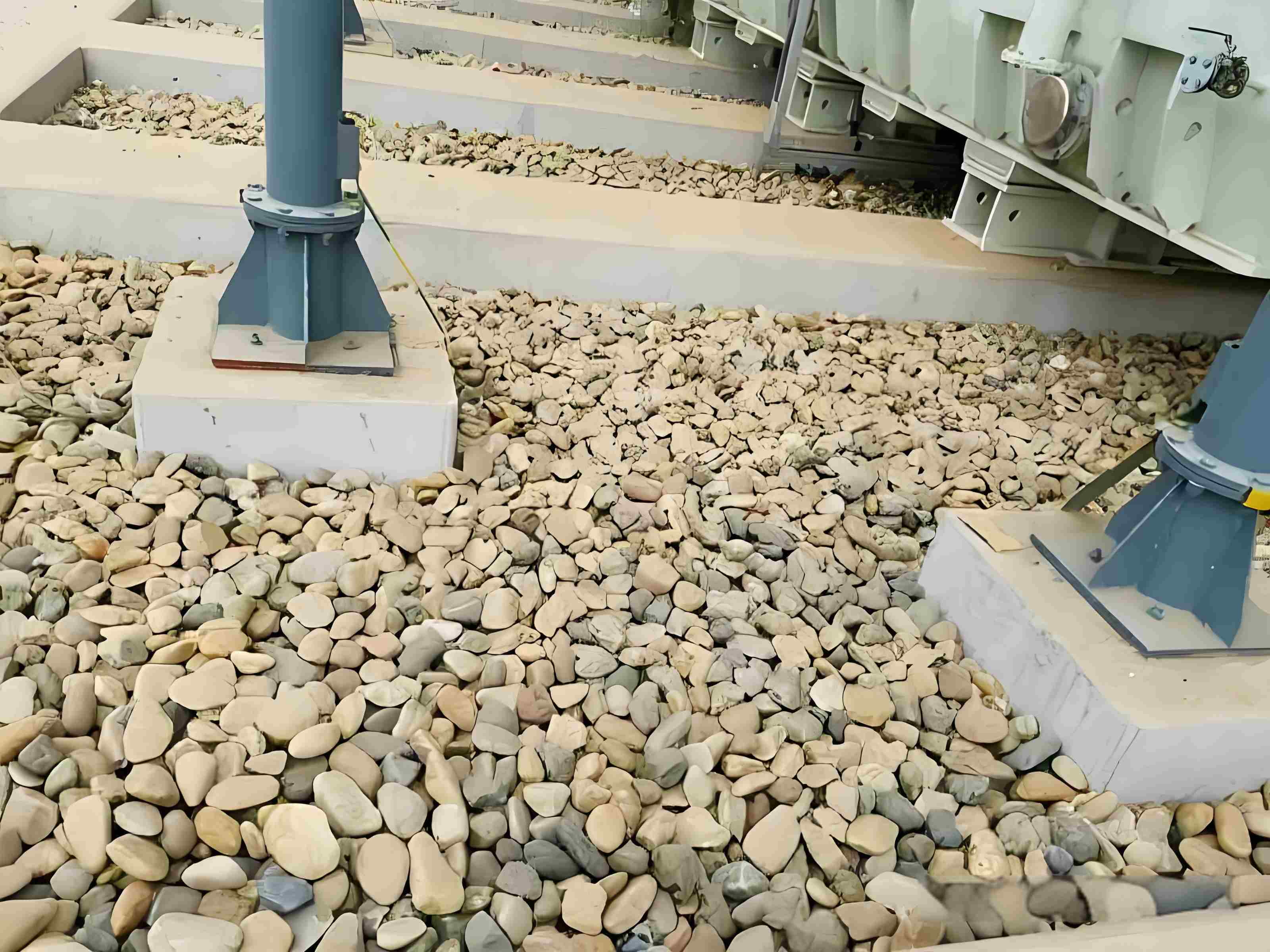
In the power industry, pebbles can be used as cooling materials for transformers, or as a cushion under the transformer of a power plant to improve heat dissipation efficiency and stability.
Metallurgical industry
In the metallurgical industry, pebbles can be used as a fine crushing process before grinding to produce metal powder or other metallurgical materials.
Chemical and other industries

Pebble is also used as raw material or auxiliary material in chemical, ceramic, papermaking, grinding and other industries, providing a variety of choices for these industries.
Semiconductor industry
The demand for pebbles in the semiconductor industry is mainly concentrated in the preparation of high-purity quartz sand. Pebbles contain high silicon dioxide, which can be converted into high-purity quartz sand through specific process treatment, and then used to manufacture silicon materials required for semiconductors.
3. Processing of pebbles
Mining
Pebble mining is mainly divided into open-pit mining and underground mining. Open-pit mining is suitable for pebble resources on the surface or near the surface, while underground mining is suitable for deep underground veins. In the mining process, commonly used equipment includes drilling equipment, blasting equipment and mining equipment. Drilling equipment is used for geological exploration and sampling analysis, blasting equipment is used to blast stone bodies, and mining equipment is used to mine stone from underground or on the surface.
Crushing
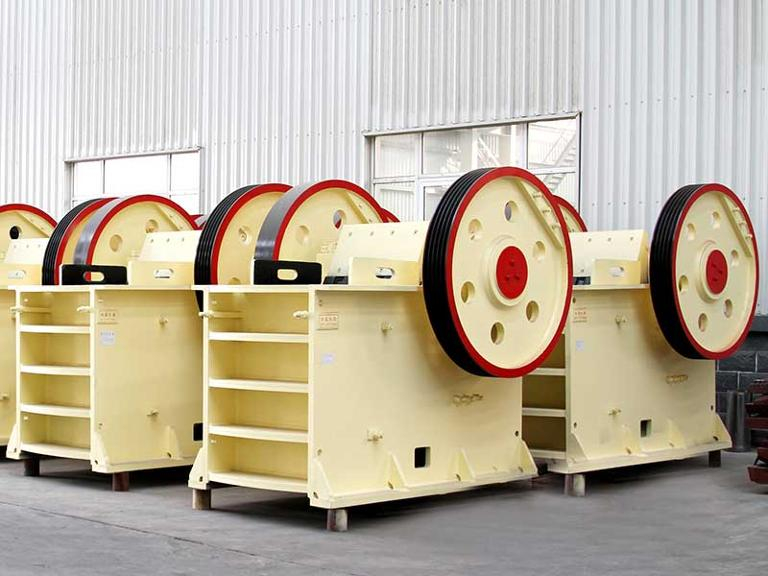
Pebble crushing technology mainly includes jaw crusher, cone crusher, impact crusher and other equipment. Among them, jaw crusher is widely used in coarse crushing of pebbles due to its simple structure and large crushing ratio; cone crusher is suitable for fine crushing of stones with medium hardness or above; impact crusher replaces traditional crushing equipment in some occasions due to its high crushing efficiency and good product particle shape.
Sorting
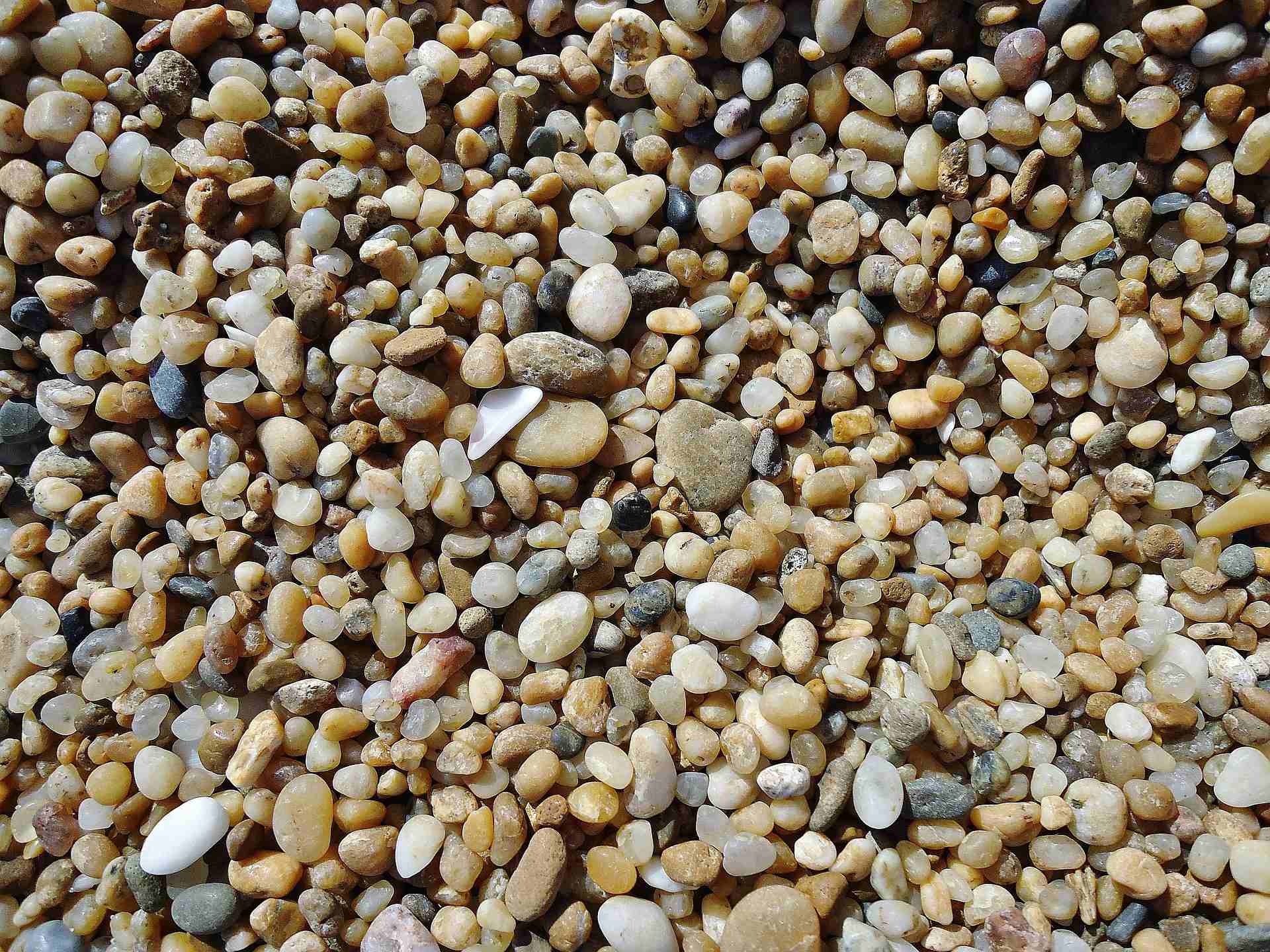
Pebble sorting is an important step because it directly affects the quality and subsequent use of pebbles. Sorting methods usually involve physical and chemical methods, as well as the application of modern technology.
Physical sorting methods
Physical sorting methods are mainly based on the physical properties of pebbles, such as shape, size, density and magnetism. These methods include but are not limited to:
Visual sorting: This is the oldest method, which distinguishes different types of pebbles by manual selection.
Water flow sorting: Use water flow to separate lighter pebbles from other materials.
Wind sorting: Use wind power to blow away lightweight materials, leaving heavier pebbles.
Vibration sorting: Separate pebbles of different sizes through a vibrating screen.
Magnetic sorting: Use magnetic force to separate pebbles containing magnetic substances from other substances.
Chemical sorting methods
Chemical sorting methods are mainly based on the chemical composition of pebbles. These methods include but are not limited to:
Pickling: Use acidic solutions to dissolve certain components and leave the desired pebbles.
Solvent extraction: Use specific solvents to dissolve unwanted substances and achieve separation.
Application of modern technology
Modern technology plays an increasingly important role in pebble sorting, especially the application of artificial intelligence and automation technology. These technologies include:
Photoelectric sorting: Use optical properties to identify pebbles of different colors and sort them.
Machine learning and image recognition: Analyze the image data of pebbles through machine learning algorithms to automatically distinguish different types.
X-ray fluorescence sorting: Use X-rays to detect the elemental composition inside the pebbles for accurate sorting.
As a leader in the field of ore photoelectric sorting, Mingde Optoelectronics Technology Co., Ltd. has been committed to the research and development, production and sales of photoelectric sorting equipment since its establishment in 2014. It has successively launched ore photoelectric sorting machines, AI ore sorting machines, X-ray intelligent sorting machines and heavy-duty intelligent sorting machines, and has made great progress in the field of photoelectric sorting of ore. The machines it produces can propose the surface characteristics and internal structures of pebbles for deep learning to form a sorting model, and accurately distinguish them according to the differences in ore characteristics during the sorting process to achieve effective sorting.
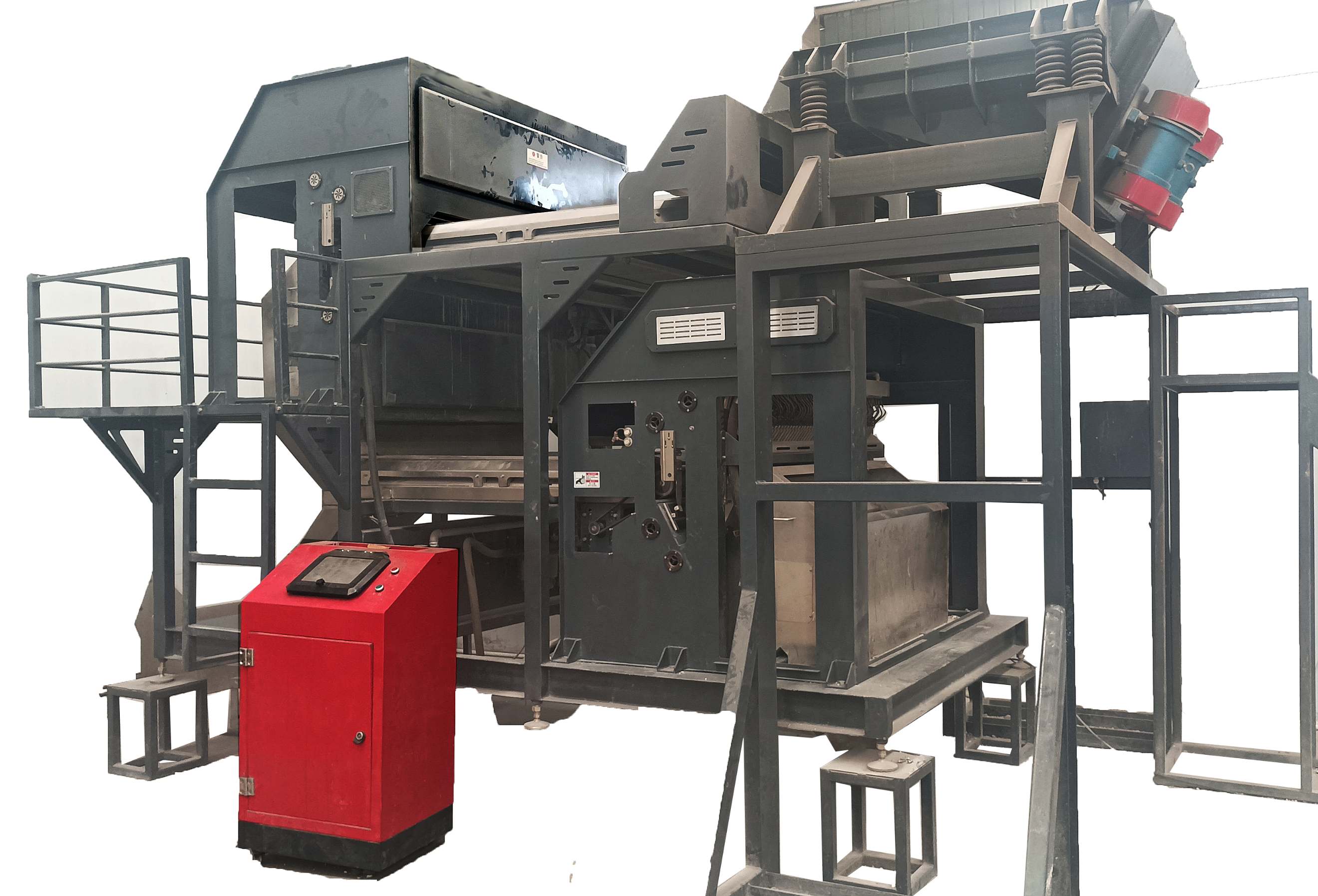
CCD Sensor Based Ore Color Separator
Among them, the AI ore sorting machine is particularly effective in the field of pebble ore sorting and is deeply loved by customers.

4. Summary
In summary, pebbles play an important role in various fields with their unique natural properties and diverse forms. From the beautification of garden landscapes to sustainable agricultural planting, to construction and environmental protection, the application of pebbles shows the possibility of harmonious coexistence between man and nature. With the advancement of science and technology and the improvement of people's living standards, we have reason to believe that pebbles will play a more important role in future development.